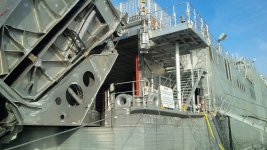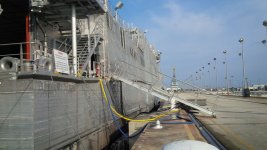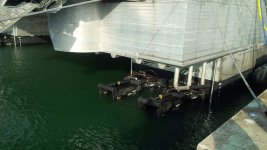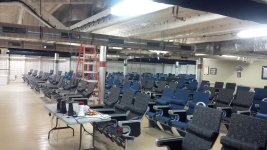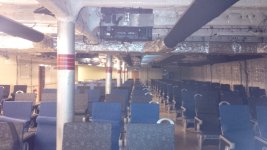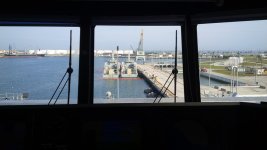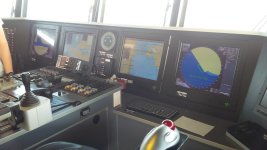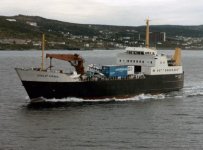- Reaction score
- 11,723
- Points
- 1,160
Further to my last....
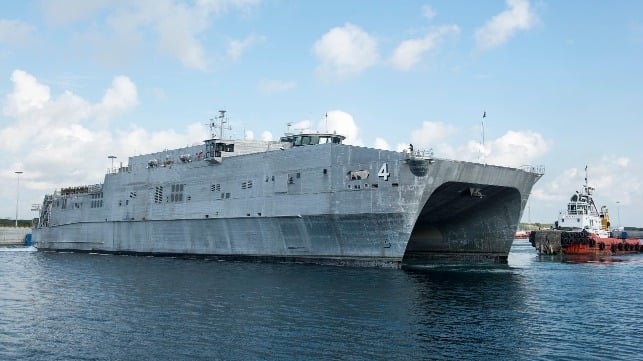
 maritime-executive.com
maritime-executive.com
A big contributor may be the loss of the fleets of Coasters and Tramps around the world. Now everything is done in containers in ultra-large ships and by rail and truck. The break bulk Coasters, with their stevedores, have gone the way of the dodo. An example of when the market fails and a government monopoly may again be appropriate, or at least government intervention in the form of subsidies.
Those fleets of small, break-bulk ships not only provided the training ground, and holding pond, for skilled sailors, they also provided opportunities for the unskilled to find sea-going and portside jobs.
Canada still has need for "Coasters". It still has a widely distributed population poorly served by road. Air is still too expensive. A fleet of ships serving coastal communities still serves Canada's national purposes. That same fleet could also serve our friends and allies in times of disaster and war.


U.S. and UK Are Sidelining Fleet Auxiliary Ships Because of Crew Shortages
Both the Royal Navy's Royal Fleet Auxiliary and the U.S. Navy's Military Sealift Command are sidelining some of their ships because of crew sh...
A big contributor may be the loss of the fleets of Coasters and Tramps around the world. Now everything is done in containers in ultra-large ships and by rail and truck. The break bulk Coasters, with their stevedores, have gone the way of the dodo. An example of when the market fails and a government monopoly may again be appropriate, or at least government intervention in the form of subsidies.
Those fleets of small, break-bulk ships not only provided the training ground, and holding pond, for skilled sailors, they also provided opportunities for the unskilled to find sea-going and portside jobs.
Canada still has need for "Coasters". It still has a widely distributed population poorly served by road. Air is still too expensive. A fleet of ships serving coastal communities still serves Canada's national purposes. That same fleet could also serve our friends and allies in times of disaster and war.




